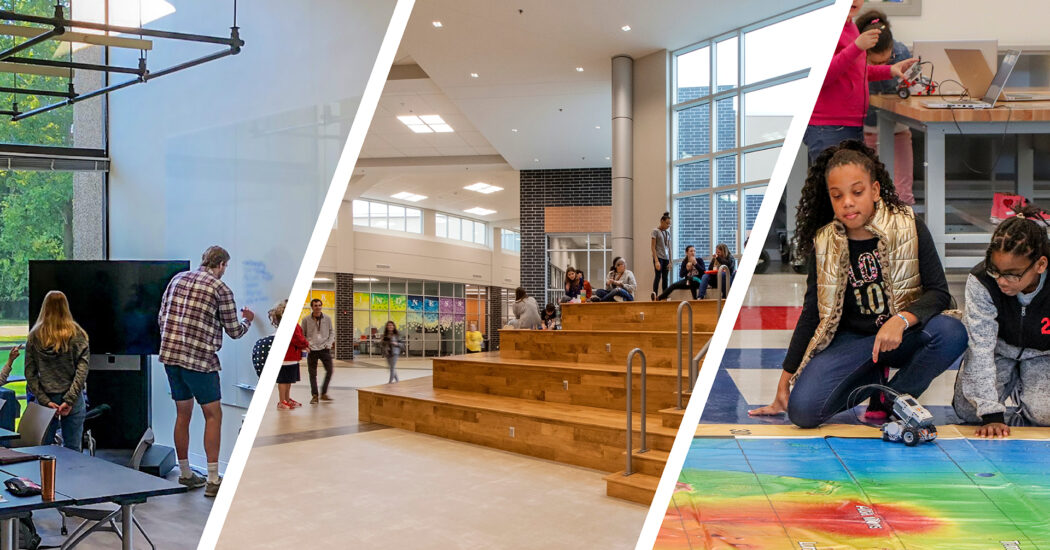Using Cost Analysis to Tell the Story
-
Category
Innovation -
Posted By
Kyle Miller -
Posted On
Jan 31, 2017
Quality cost analyses are important to share with not only the Owner, but the design and construction team. Updating them throughout the life a project helps ensure the result is what everyone expected. There are multiple ways to do a cost analysis, but here’s an overview of what it means at Schmidt Associates.
So, what exactly are the elements and details of a cost estimate? The graphic below shows two ways to look at it, from the cost side, and project side. If the Owner knows two out of the three, we can figure out the third!

Looking at the elements of this, you need to understand the equation to make up a project cost:


So, what exactly is the difference between them?
Hard Costs include the following:
- Construction Costs (labor, materials, equipment)
- Contractor’s General Conditions, Overhead and Profit
- Construction Contingency
- Allowances
- CM, Clerk-of-Works Fees, etc. could be part of Hard Costs when calculating our fee
Soft Costs (typically 10-30% of the hard cost total) includes:
- Cost of Land, Rights-of Way, Easements
- Professional Fees (Architectural Fees), Consultants, and Reimbursable Expenses (Printing, Mileage)
- Surveys and Geotechnical Engineering Services (Soil Borings)
- Traffic Studies
- Asbestos Abatement
- Design Reviews, Local and State Permits, State Release, Tap Fees
- Commissioning
- Builder’s Risk, Title, and Bond Insurance
- Finance Costs (i.e. Bond Counsel, Financial Advisor, Interest, Advertisements, Other)
- Loose Equipment (FFE, Technology)
As you build the hard and soft costs, it’s extremely important to have a reasonable construction contingency. This is a pre-determined dollar amount to cover change orders, add-ons, and other things that come up during construction. In addition to the construction contingency, you should consider allowances. Allowances are an additional safety net to for unforeseen circumstances. Change orders almost always happen, so planning for them is essential.
At Schmidt Associates, we build the first budget in the Project Definition phase. This is when we determine the full context of the project with the Owner – what spaces functions will the project serve, how big will it be, etc. This allows a preliminary budget to be built. As the project moves forward, the Final Design estimate is developed. This is a much more detailed budget than Project definition. The construction document cost estimate is then updated from the Final Design estimate.
Throughout the life of the project, the budget is regularly being reviewed and shared with the full team. We set expectations to understand all budget restraints at the kick-off meeting when Project Definition begins. We identify cost issues early, and include them in all subsequent discussions. It’s important to address when either the Owner or the design team may be causing scope creep. It’s our job to protect the budget!
As we protect the budget, it’s important to understand the difference between Value Engineering (VE) and DeValue Engineering (DVE). Value Engineering looks at the elements of a project and the systems life cycle cost to determine the best use of the budget. DeValue Engineering is cutting scope, and often quality, to maintain the budget.
At Schmidt Associates, we look at projects holistically considering materials and systems by discipline, and what the best options are. Let’s look at the floors for example. In a perfect world, you want the nice terrazzo floor. However, you aren’t sure the budget will allow for it. You can bid the project with a more affordable option like Luxury Vinyl Tile, and have the terrazzo floor as an alternate. That way, if bids come in low, you can change the flooring while staying within budget.
Overall, it’s important to talk about the budget throughout all of design and construction. Having common expectations and a clear understanding ultimately allows for a successful project.







